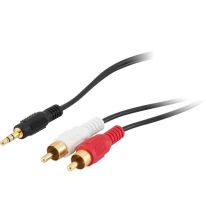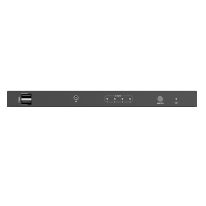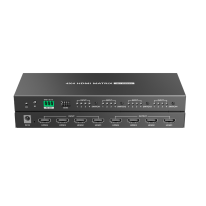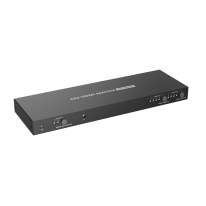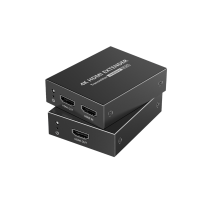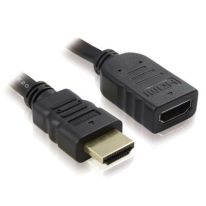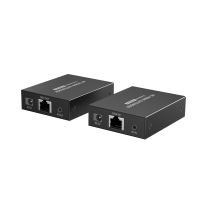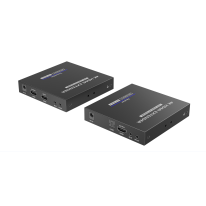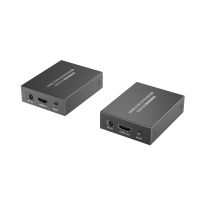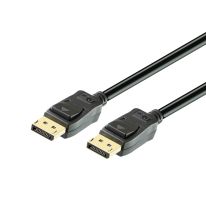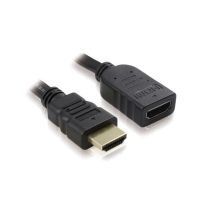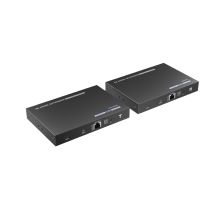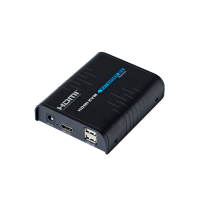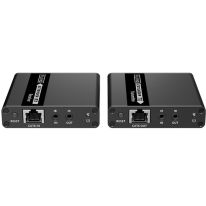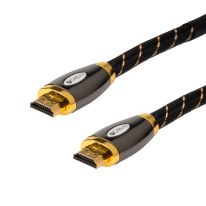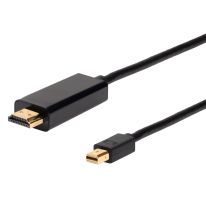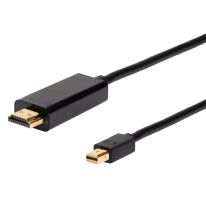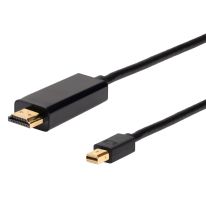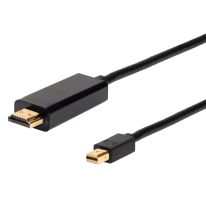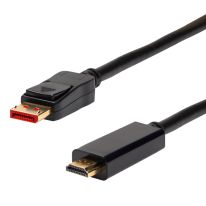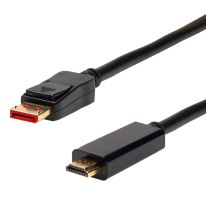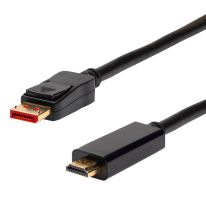-
SaleSKU: 022.008.0102 2M LOCKING HDMI 2.0 High Speed with Ethernet Channel | BlackSpecial Price $26.18 $23.80 Regular Price $37.40 $34.00
In stock
-
SKU: UB.UC.CAST Ubiquiti | UC-Cast | UniFi Display Cast | Instantly transform TV display to managed digital signage$444.74 $404.31Out of stock
-
-
-
-
-
SKU: 006.008.9023 HDMI® Extender 4K@ 60Hz Support | IR Passback with HDMI Loop Through and PoC | Up to 50m$214.50 $195.00
In stock
-
SKU: 022.008.0013 3m Premium High Speed HDMI® Extension cable M-F | Supports 4K@60Hz as specified in HDMI 2.0$21.07 $19.15
In stock
-
$209.00 $190.00
In stock
-
$328.90 $299.00
In stock
-
-
-
SKU: 022.008.0012 2m Premium High Speed HDMI® Extension cable M-F | Supports 4K@60Hz as specified in HDMI 2.0$14.85 $13.50
In stock
-
$319.00 $290.00
In stock
-
SaleSKU: 006.008.1050 RECEIVER ONLY for HDMI KVM Console Extender Over Cat 5/5e/6 120m | Supports resolution up to 1080P@60HzSpecial Price $111.54 $101.40 Regular Price $139.43 $126.75
In stock
-
SKU: 006.008.9017 HDMI® Extender, 4K@ 30Hz Support, IR Repeat with HDMI Loop Through$203.50 $185.00
In stock
-
SaleSKU: 022.009.3000 0.5m DELUXE Premium High Speed HDMI® cable with Ethernet Supports 4K@60Hz as specified in HDMI 2.0 | Black MeshSpecial Price $12.01 $10.92 Regular Price $17.16 $15.60
In stock
-
SKU: 022.002.0463 3m Mini DisplayPort Male to HDMI® Male Cable | Supports 4K@60Hz as specified in HDMI 2.0$37.75 $34.32
In stock
-
SaleSKU: 022.002.0462 2m Mini DisplayPort Male to HDMI® Male Cable | Supports 4K@60Hz as specified in HDMI 2.0Special Price $24.83 $22.57 Regular Price $35.46 $32.24
In stock
-
SaleSKU: 022.002.0461 1.5m Mini DisplayPort Male to HDMI® Male Cable | Supports 4K@60Hz as specified in HDMI 2.0Special Price $23.22 $21.11 Regular Price $33.18 $30.16
In stock
-
SKU: 022.002.0460 1m Mini DisplayPort Male to HDMI® Male Cable | Supports 4K@60Hz as specified in HDMI 2.0$32.03 $29.12
In stock
-
SKU: 022.002.0345 5m DisplayPort Male to HDMI® Male Cable. Supports 4K@60Hz as specified in HDMI 2.0$48.05 $43.68
In stock
-
SKU: 022.002.0343 3m DisplayPort Male to HDMI® Male Cable | Supports 4K @60Hz as specified in HDMI 2.0$41.18 $37.44
In stock
-
SKU: 022.002.0342 2m DisplayPort Male to HDMI® Male Cable | Supports 4K @60Hz as specified in HDMI 2.0$37.75 $34.32
In stock
Audio Visual
205 Results






